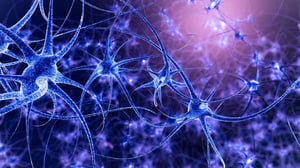In order to obtain such a detailed map, researchers decided to analyze the DNA of all these cells, observing the way that their genetic code was “expressed” (i.e. in practice, the way that the production of proteins was managed). And so, on the basis of different gene expressions, 133 different types of cells emerged.
This “catalogue” of the areas of vision and movement, in fact, is only a first step towards truly understanding the way the brain works (the way the brain of mammals works still remains a great mystery). The “ingredients” found in the areas examined by the Allen Institute are probably also present in other specialized areas of the cortex (for example, in those of language and memory). However, it will still take a long time to decipher all this complex information…In any case, the results of the studies on mice will also help us to understand how the human brain works.
“This is by far the most complete and in-depth analysis ever carried out to date on a precise area of the cerebral cortex”, said Hongkui Zeng, senior author of the study, “With all this data at our disposal we can start to establish new principles on how the brain is organized and, ultimately, on how it works”.
In a second study, also published in the same issue of Nature, neuroscientists from the Howard Hughes Medical Institute (Janelia Research Campus), Ashburn (United States), presented another discovery made thanks to gene analysis. In particular, researchers identified the presence of two types of nervous cells associated with movement, up to now unknown. In this case tests were conducted also on the form and function of the two new cell types, and it was discovered that one is linked to the planning and the other to the commencement of movement.

